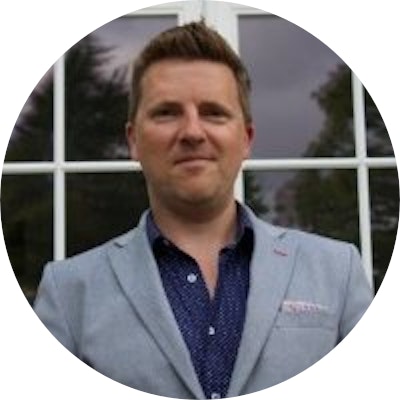Digital Marketing - Study Notes:
User-generated content
Another way technology has influenced consumer behavior is allowing consumers to generate their own content. This has led to the rise of user-generated content. Think about some of the biggest sites out there, such as Facebook or YouTube. In fact, YouTube is the second largest search engine and it is content generated by people worldwide. YouTube don't really produce anything themselves. It’s a platform. And now 80% of all online content is user-generated. It plays a huge part in influencing consumer behavior and influencing purchase decisions because it allows users to feel in control.
Influential
However, we can’t really control user-generated content. So, as marketeers, we need to find those consumers who appreciate our brands and encourage them to generate more content that will build up trust and help other users find our brands. Recent research indicates that among millennials, but user-generated content is 20% more influential when it comes to purchasing. This again reflects the move from deference to reference. People are not only trusting their friends; they’re trusting other people online. They may never have met them, but the decision-making journey has changed for good. People are taking in so many different sources of information.
Memorable
User-generated content is seen as being 35% more memorable. So, as marketeers, one of our jobs is to produce memorable content but also to give customers the ability to also produce content. So marketers need to consider how they can help consumers. Do you deny them access to your assets? Or do you help them find the right thing so when they are creating user-generated content, it truly reflects your brand image, your brand tone of voice?
Trusted
User-generated content is 50% more trusted than other types of media and information. We may have brand spokespeople promoting our brand. However, among different generations, people are seeking out user-generated content. They don't feel that the content is being manipulated by people, by media, or by the brands themselves. It’s seen as honest and transparent.
Among millennials, user-generated content delivers significantly more trust. This may involve talking with friends and family. Or it could involve blogs and social media, such as Reddit. Banner adverts, on the other hand, are seen to rank just 19% for trustworthiness. Millennials are reading expert-generated reviews, so think about how this influences their decision-making journey and influences the customer journey. Consumers now have multiple reference points And Some reference points are given more attention than others.
Changing consumer lifestyles
Technology is changing how consumers behave and it’s changing how they make these decisions. There are four ways that this is happening.
Content grazing
Content grazing occurs when we’re maybe doing two different things at once. The classic example is watching a television show whilst checking your email on the phone.
Investigative spiderwebbing
This is a multichannel approach. Suppose you are watching a movie. You're watching Batman and then you want to know what else has Christian Bale been in. So, whilst the movie is playing, you're searching for that on your tablet or mobile device. Or maybe you've seen a pair of shoes that you really like during a television advert and you go on your device to search. And you find more details about that on your device while you're still consuming media.
Quantum journey
Technology allows us to jump around. Consider investigative spiderwebbing again. You’ve seen that pair of shoes advertised and you're looking for more information on them. Next day, you're at your desk and you decide that you to buy those shoes. You’ve still got the page up on your mobile. However, because you're at your desk, you actually end up doing the purchase on your desktop PC. So the customer journey is not linear. We jump around all the time because technology allows us to do so. And this is what Apple and Google, in their operating systems, are really trying to encourage. Technology like Handoff makes it easier for us to switch from one device to another.
Social spiderwebbing
This is where we might share our purchase decisions with our friends. So, for example, you've bought the shoes and you now decide to share your experience on Facebook or Twitter. Other people read about your experience, and this in turn could influence their purchase decisions.
Back to TopJohn Makin-Shaw
John Makin-Shaw is the Head of Marketing at Aioi Nissay Dowa Insurance. For over 15 years he has been designing, launching, and managing customer propositions for some of the UK’s biggest brands.





